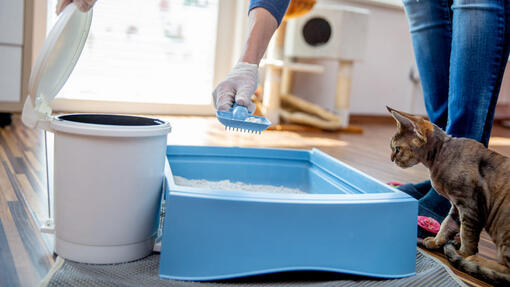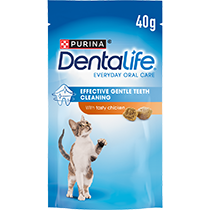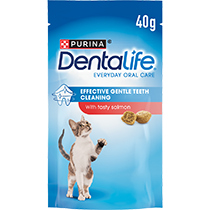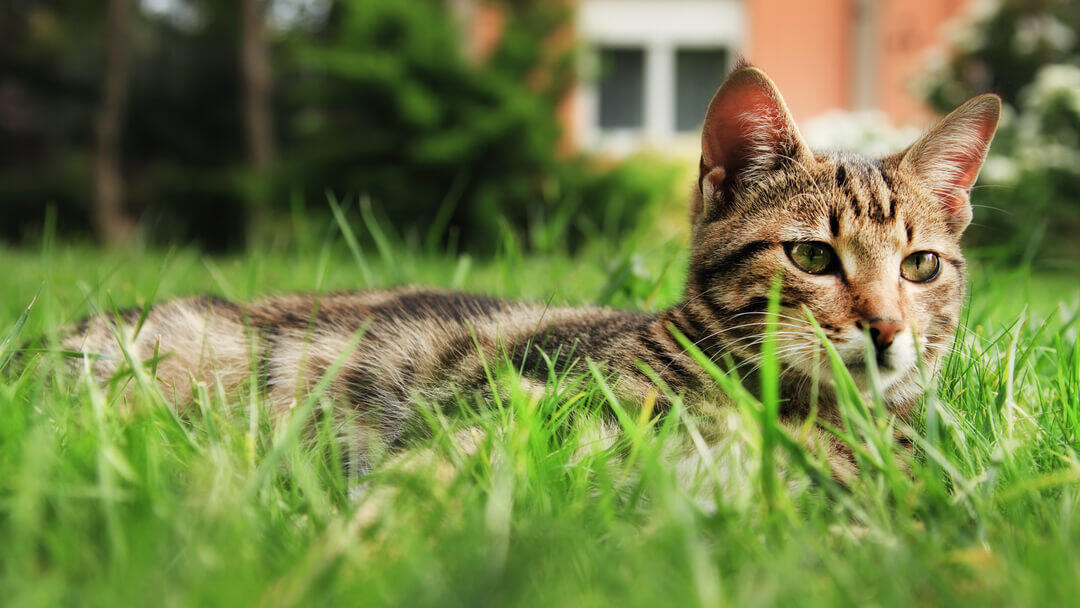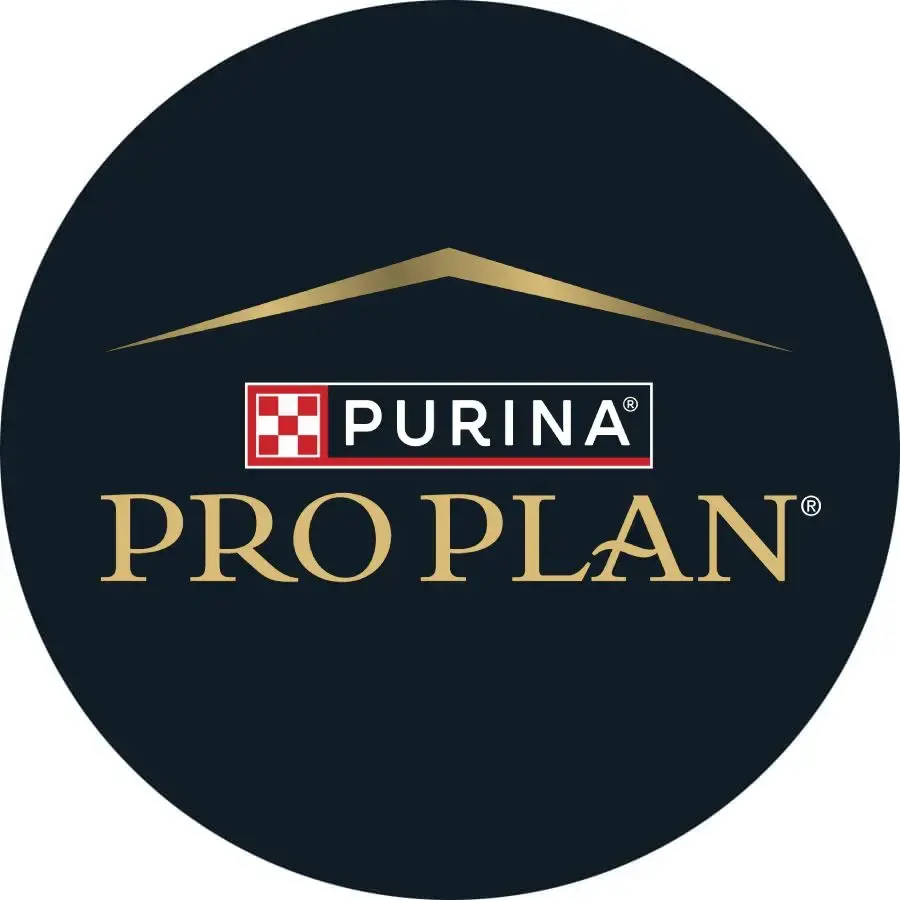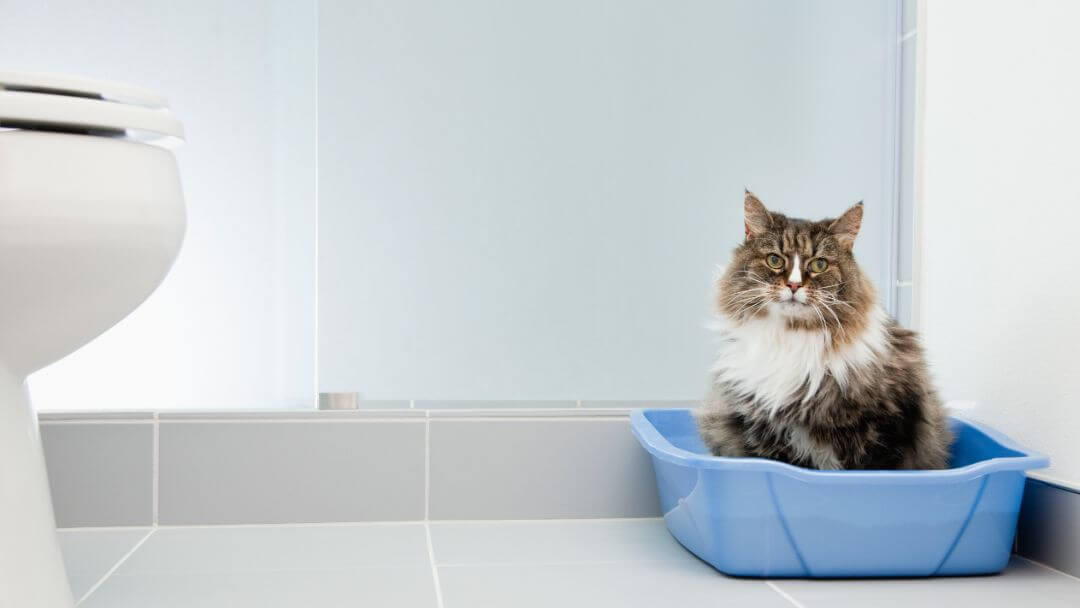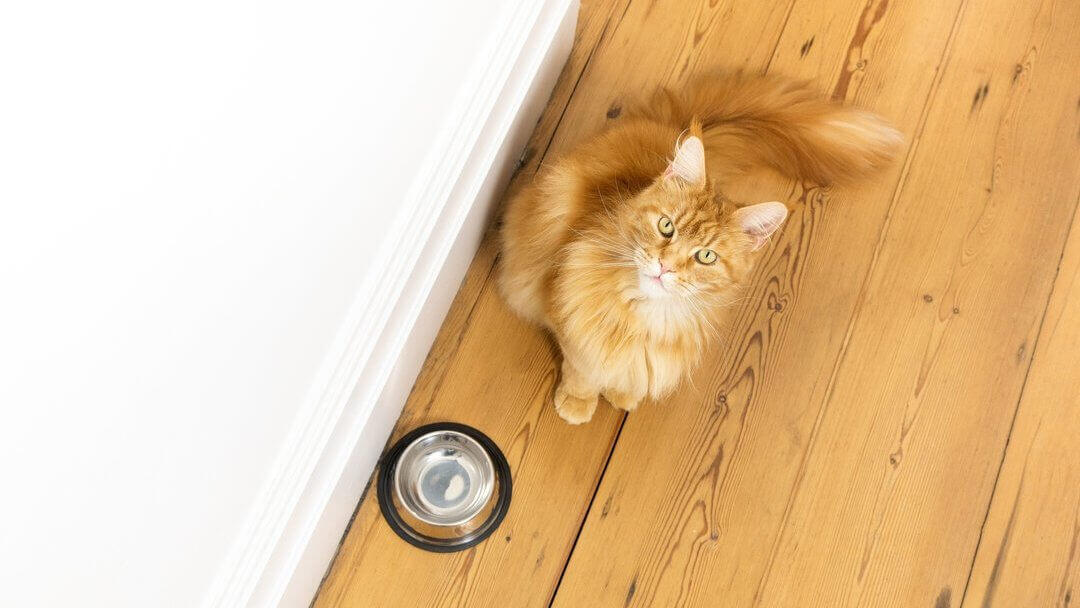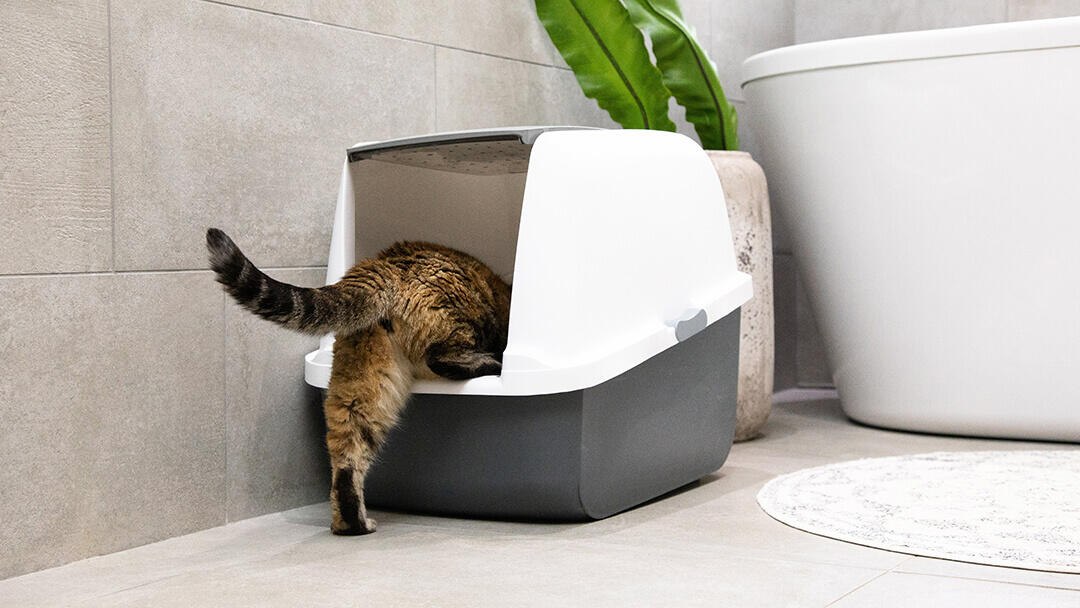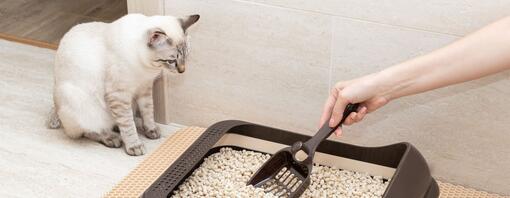
You’ve trained your cat to use the litter box and you may have cleaned up after the occasional one-off accident, but that’s not the end of a cat owner’s dealings with their pet’s toilet habits. In this article we’re looking at all things cat poo, so you can have a better understanding of what should your cat’s poo look like and what to do if what you find in the litter box doesn’t match that description.
Although this is not the most glamorous part of your life together, keeping an eye on your cat’s poo is another important task you should add to the list of cat-related responsibilities. Your pet’s bowel movements offer valuable clues that could help you identify unusual symptoms and possible health issues. It’s an early warning system for all sorts of cat conditions such as liver problems, food allergies and anxiety, but unfortunately, it’s quite easy to ignore or misunderstand.
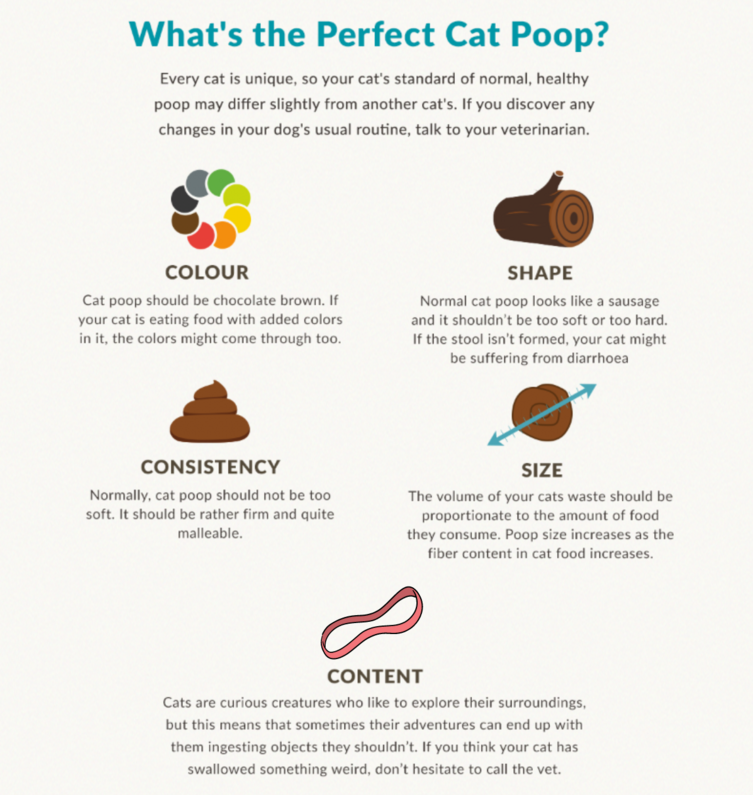
Signs of healthy & unhealthy cat poo
You’re ready to check the cat’s litter box, but what signs should you be looking for? There are a few characteristics to check that are easy to identify:
What colour should cat poo be?
Cat poo is usually dark brown. But sometimes you might notice other colours too.
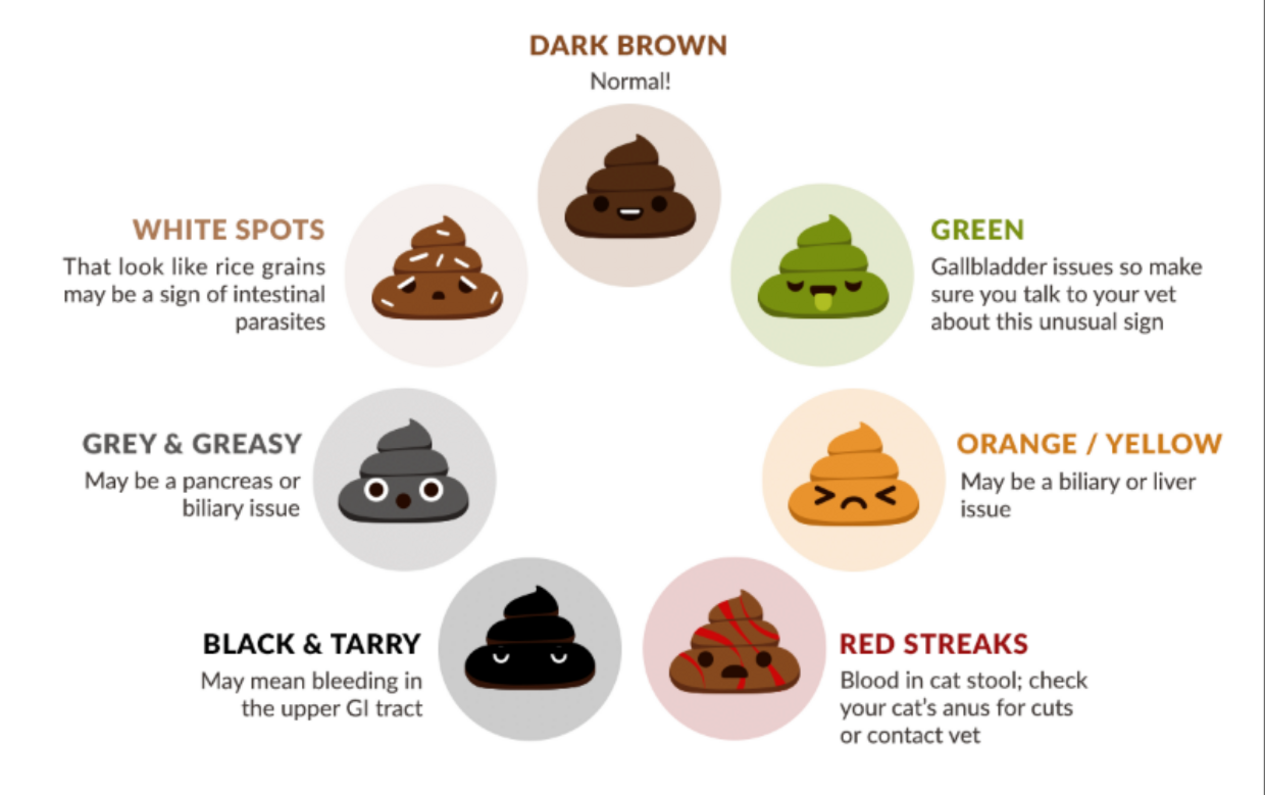
Black poo: this colour might mean that your cat is bleeding into the gastro-intestinal tract. If you notice black, tarry poo in your cat’s litter box, contact the vet to rule out internal bleeding issues.
Cat poo with red streaks: if you notice a red tint in your cat’s poo, this may be a sign that your pet is bleeding in their lower gastro-intestinal tract. This should also prompt a visit to the vet, especially when accompanied by loose stools. Find out what you should do when you notice blood in your cat’s poo with our helpful guide.
Light-brown/yellow cat poo: this colour points to digestive issues that could originate in the liver or bile. Contact the vet and ask them to investigate this symptom further.
Green poo: gallbladder issues often manifest through this change in your cat’s stool colour, but this unusual colour can indicate a wide range of causes: from just a high amount of green ingredients in the diet, to a gastrointestinal transit faster than usual or even, with other serious signs, it can indicate an intoxication. So make sure you talk to your vet about this unusual sign if you notice it in your cat.
Poo with white spots: in this case your cat might be dealing with intestinal parasites. Don’t hesitate to ask your vet for help, as this can lead to health complications in the long run.
What is the normal consistency of cat poo?
Normally, cat poo should not be too soft. It should be rather firm and quite malleable. If the stool is too hard, this could indicate constipation problems, while loose stools are a sign of diarrhoea.
Constipation in cats: hard and dry stools are one of the main indicators of constipation. Dehydration and a sedentary lifestyle are some of the main factors leading to this digestive problem. But hair ingestion or having problems with the litter tray itself are other causes to keep an eye on. Talk with your vet if you notice symptoms of constipation in cats such as hunched posture, tense abdomen and small, dry stools.
Diarrhoea in cats: look out for stools that are watery, too soft or don’t have a form. This is classed as diarrhoea and it’s usually a sign that your cat’s digestive system didn’t agree with their recent meal. However, if this is a symptom that keeps recurring or happens for days in a row, you should address this with your vet. Health issues such as irritable bowl syndrome, bacteria, food allergies and even feline anxiety are some of the causes of diarrhoea in cats.
The smell of your cat’s poo
If you notice changes in the way your cat poo’s smells this could be the result of intestinal parasites or even bleeding in the gastro-intestinal tract. Normally, your pet’s stool smell should be mild and not foul. Keep an eye on other unusual characteristics such as colour or consistency and call your vet if you notice unusual changes.
What shape should my cat's poo be?
Normal cat poo looks like a sausage and it shouldn’t be too soft or too hard. If the stool isn’t formed, your cat might be suffering from diarrhoea. Watch out for small shapes, similar to droppings, as this might indicate constipation issues.
How frequently should cats poo?
Although there is no solid rule in place for what’s considered a normal schedule for bowel movement, cats usually poo once or twice a day. However, keep in mind that it’s normal for this to change as cats get older. In their golden years, felines might not need to go as frequently as younger cats.
But if you notice your pet not passing any bowel movement for more than two days, you should look out for other unusual symptoms and ask your vet for advice.
Other cat poo issues to watch out for
Hair in your cat’s poo
Although finding hair in your pet’s stool is not unusual, the quantity shouldn’t be excessive. It’s important to monitor your cat’s stools regularly and if you notice a change in their contents, such as more hair than usual, this could point to overgrooming. You can find out more about the causes of cat overgrooming with our guide, but make sure you contact your vet for help as well.
Foreign objects in your cat’s poo
Cats are curious creatures who like to explore their surroundings, but this means that sometimes their adventures can end up with them ingesting objects they shouldn’t. Thread is particularly dangerous to curious cats who will want to start chewing on it. But rubber bands or tiny toys could also get your cat’s attention and, as a result, end up in their digestive tract and stools. If you think your cat has swallowed something weird, don’t hesitate to call the vet. Look out for signs of abdominal pain or symptoms such as lack of appetite and constipation.
Cat pooing outside the litter box
If your pet has decided to ignore the litter box completely, this might be their way of making you aware that the litter box either needs to be cleaned or moved to a more suitable place. If this is a new litter box, consider whether it is too big or too small for your cat, as this could also contribute to your pet’s reluctance to use it. It can also indicate something is bothering your cat, like environmental stress or not feeling well, so this can be your cat’s way of asking for help.
FAQ
Mucus may indicate gut irritation, parasites, or food intolerance. Monitor closely and consult a vet if it continues. It is more typical from large intestine disorders.
Yes. Stress can lead to diarrhoea or constipation. Common stressors include changes in routine, moving, or new pets.
Overly foul odour might stem from a high-protein diet, poor digestion, or infection. Persistent smell? Time for a vet visit.
Offer plenty of water, feed a high-fibre diet, and keep your cat active. Regular play helps with digestion.
Yes. Kittens may poo more often and have softer stools. Older cats may be more prone to constipation or irregularity.
Now that you know what a cat poo likes like usually, discover more about what good digestion really means for cats with our article, next.



